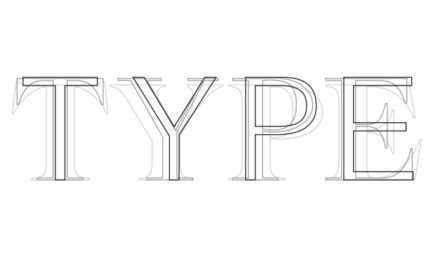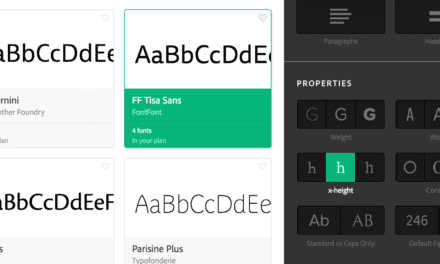ARTICLE SUMMARY: Typography used to be simple: you’d go to the printer, tell him what you wanted, he’d set the type, run off the desired number of copies, and off you’d go. While that’s an oversimplification, that was it.
Today, with computers, Kindles, iPads, smartphones, and a multitude of other devices, the way we read and design for text has been completely transformed, becoming one of the most important challenges in design.
In “Typography Styles in Design Systems: From Small-to-Large Digital Text to Paper Traditions and City-Light Scale,” Claus Nisslmüller’s goal is to offer a practical, system-minded account of typography for contemporary design systems. His aim is to educate readers and deepen their understanding of the science of typography. A few of the topics touched on are:
- Why typography is a systems problem
- Variable fonts, optical sizing, and the physics of letters
- The bilingual life of type: scripts, languages, and numerals
In this day and age, when it comes to typography, designers need to think beyond aesthetics and consider how type functions within design systems ensuring consistency, accessibility, and clarity across all platforms.
This article is well worth reading for all designers and is a great addition to any design toolbox.
Let us know what you think in the comments.




